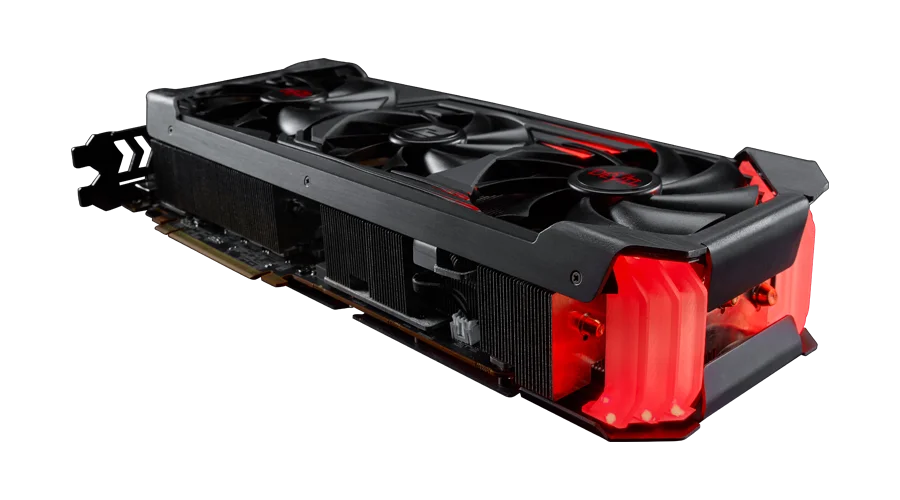
Underclocking the AMD Radeon RX 6950 XT
In May 2023 I built a gaming rig, the first PC for myself (and still own) for over a decade. Extortionate prices were falling after the crypto boom of lockdown and particularly GPU scalping. I'd decided on AMD as their CPUs reigned for gaming prowess and their GPUs offered better price/performance. Early one week a PowerColor Radeon RX 6950 XT was reduced from around £1000 to £620 so decided to take the plunge. Having previously settled on the 5800X3D, 32Gb RAM and either an RX 6800 or RX 6800 XT due to their performance and efficiency, with no desire to run a kilowatt PSU - I pay the elecricity bill(!) - have the initial outlay or associated heat and noise of the components, the RX 6950 XT was therefore marginally over specification for my Corsair RM850x. So, unconcerned about squeezing every frame per second out of the system, decided to underclock it.
I'd heard about undervolting AMD products but never tried it myself. Normally overclocking Intel CPUs requires upping the voltage to keep it stable at whatever speed you're aiming for, there are subtleties of course and you can use offsets (remembering VDroop on my i5 Sandy bridge). Understanding that you receive diminishing returns is important, because the further you push hardware toward it's limit heat output and power draw increase at a higher rate for each step in frequency. Also keep in mind you're only tuning one component of an entire system and this will increase overall performance of the machine less than the percentage step you're applying to it due to bottlenecks elsewhere.
Having viewed my fair share of tuning guides on exactly what BIOS settings to tweak (in this case driver options), I've never seen a good one on how to decide how much to change those settings or why.
